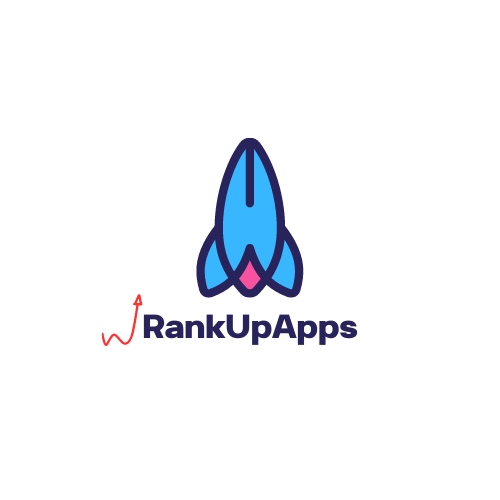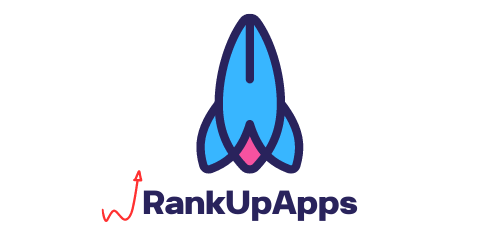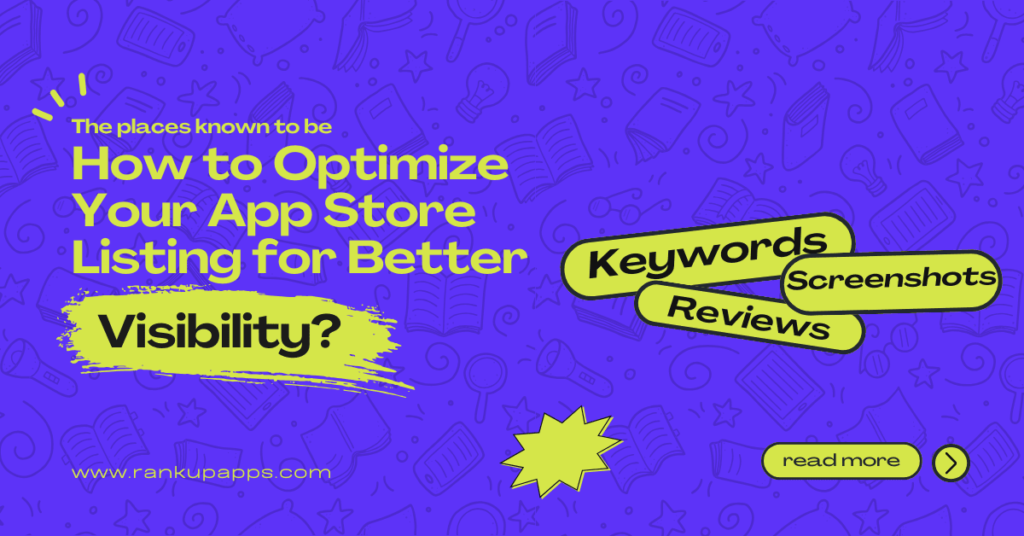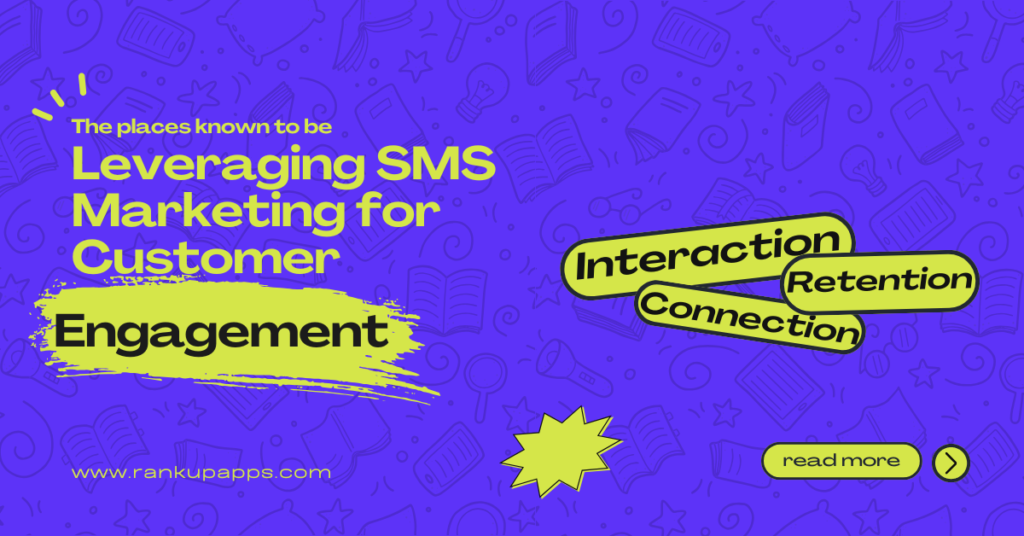With the speed at which app marketing develops, the goal is not only attracting people but also making sure people perform desired actions in your app. The mobile app funnel is necessary. Whether launching a new, fresh app on the market or expanding the number of users of an already existing one, mobile app funnel mastery can significantly improve your outcomes and grow your engagement and return on investment.
In this guide, you will learn the fundamentals of a mobile app funnel, learn how to optimize it to achieve success, and you will explore important tactics to engage visitors over time.
What Is a Mobile App Funnel?
A mobile app funnel is a planning tool that maps out how a user journey app behaves as they transition from discovering your app to finally converting. Just like with sales funnels, the use of this framework enables app marketers to monitor user actions and see stumbling blocks in the journey to conversion funnel.
It outlines the fundamental steps the users have to take, which include:
- Awareness
- User Acquisition
- Onboarding/Activation
- Engagement
- Retention
- Conversion/Monetization
All stages are needed to affect your app’s performance and the value users gain over time.
Why is a Mobile App Funnel Important?
Mapping your mobile app funnel, you can:
- Track user engagement along each step of the user journey app.
- Find and fix the areas in your conversion funnel where users abandon them.
- Design a tailored funnel strategy app focusing on the retention of customers.
- Draw from data to make your marketing strategy work for better campaigns.
- Improve your return on investment by becoming more effective with your targeting and your messaging.
This means, your mobile app funnel is not nailed down, you cannot market effectively.
The Stages of a Mobile App Funnel
- Awareness: Users learn about your app via advertising, search online, talking to another person, or exposure to influencer outreach.
- Acquisition: Users visit your app store listing and they choose to install the app.
- Onboarding/Activation: Consumers get to try your application for the first time. It can accelerate conversion funnel completions for users with partnering in a powerful onboarding process.
- Engagement: At this stage users begin to regularly use the main services you provide.
- Retention: Only consistent users stay – retention presents a very tricky challenge in mobile app funnels.
- Conversion/Monetization: Users purchase in-app or perform acts that are monetization.
The Difference Between Mobile App Funnel & Traditional Sales Funnel.
Although the traditional sales funnel strategy app focuses on lead generation and deals, mobile marketing’s funnels are attracted to its users’ behavior, retention, and a user-friendly interface. The creation of an intuitive user journey app, and it means among mobile apps can be said to be better retention and more customer happiness.
How to Create an Effective Mobile App Funnel Strategy?
To ensure your mobile app funnel is effective, you need to have a clear funnel strategy app that aligns with your goals. Below are some essential steps for building and optimizing your app funnel.
Define Your Funnel Goals
Before diving into the creation of your mobile app funnel, you must have a clear understanding of what you want to achieve. Are you looking to increase downloads, boost in-app purchases, or improve user retention? Your funnel goals will guide the entire process and help you measure success at each stage.
Example: If your goal is to increase in-app purchases, your funnel might focus more on the interest and action stages, where users are encouraged to explore premium features and make purchases.
Plot the user journey
Plot the user journey app to create a decent funnel. This will help you to know where users might drop off and how likely they are to interact with your app at every level. Consider the several activities users engage in—such as registering, finishing a tutorial, or making a purchase—and ensure that each one leads naturally into the next.
Tip: Track user flow across your app using analytics tools such as Google Analytics or Mixpanel. This information will help you to understand user drop-off locations and necessary improvement actions.
Maximize the Onboarding Process
The interest stage of your funnel depends critically on your onboarding experience. Users’ first impression of your app will be one of clarity or simplicity; if it is unclear or difficult, they may quickly abandon it.
Best Practices: Keep onboarding brief and focused on the main app features and benefits. Guide consumers across the process with interactive tutorials, in-app prompts, and progress bars. The aim is to get users involved by rapidly displaying the value your app offers.
Customize User interactions
One effective approach to boost app engagement and forward users down the funnel is personalization. Utilize statistics to personalize the user experience by providing tailored content, recommendations, or even offers.
For instance: if you have a fitness app, you might provide tailored workout schedules depending on goals or degree of fitness of a user. Alternatively in a shopping app, you could display tailored product recommendations based on past purchases.
Use emails and push notifications
One great approach to keep consumers interested and lead them across the funnel is with push notifications. Strategically use them to remind consumers of forthcoming events, limited-time offers, or fresh materials. Likewise, email marketing allows one to cultivate users over time.
Advice: Steer clear of giving consumers too many alerts. Make sure they are relevant and valuable by carefully timing and frequency of your sending them.
A/B Testing and Funnel Optimization
Your funnel strategy app should be always tested and improved, much as any marketing plan. A/B testing can help you find which variations of the features, UI, or messaging appeal most to consumers of your app. Experiment with several variants of the landing pages, onboarding screens, push notifications, and CTAs to find which drives the most conversions in your app.
Advice: To maximize the performance of your funnel, first concentrate on high-impact areas including the onboarding process, app tutorials, or checkout flow and then optimize these important touchpoints.
How Mobile App Funnel Works?
- Examine your mobile app funnel clearly before launch.
- Easily map the user journey app to monitor and tweak performance.
- Always use analytics to pinpoint weak points in the conversion funnel.
- Customize messaging for each funnel strategy app segment.
- A/B testing onboard flows, UI elements and monetization options.
- Keep focusing on customer behavior.
- Collect and act on user feedback and review regularly.
- Use re-engagement strategies like retargeting and notifications.
- Focus more on retention for better ROI.
Why Your App Needs a Funnel Strategy?
Without a funnel, marketing your app is like navigating in fog. You can’t see where users drop off, which features convert, or what needs fixing. A well-defined funnel gives you visibility at every stage.
Here’s what a strong funnel strategy helps with:
- Pinpoints where users lose interest
- Improves onboarding and in-app flow
- Maximizes lifetime value of each user
- Optimizes campaigns based on behavior
Conclusion
It is essential to create a streamlined mobile app funnel in order to transform one-time users into repeat customers. With the right tools on your hands, effective strategies and focus on the end user, your app has high chances of thriving in a bustling marketplace.
Insight into the user journey app, the ability to measure success at each step along the conversion funnel, and the iteration of your funnel strategy app are all critical to lasting success. Make sure your efforts extend beyond simply purchasing downloads in order to succeed in tangible terms.
FAQs (Frequently Asked Questions)
Why is a mobile app funnel important?
It helps you understand user behavior, identify drop-off points, and optimize each stage to boost acquisition, engagement, and retention.
What are the main stages of a mobile app funnel?
The key stages include Awareness, Acquisition, Activation, Retention, Revenue, and Referral.
How do you build a mobile app funnel?
Start by mapping the user journey, tracking key metrics at each stage, and using analytics tools to identify and fix bottlenecks.
What metrics should I track in a mobile app funnel?
Track installs, activations, session length, retention rate, in-app purchases, and user referrals.



